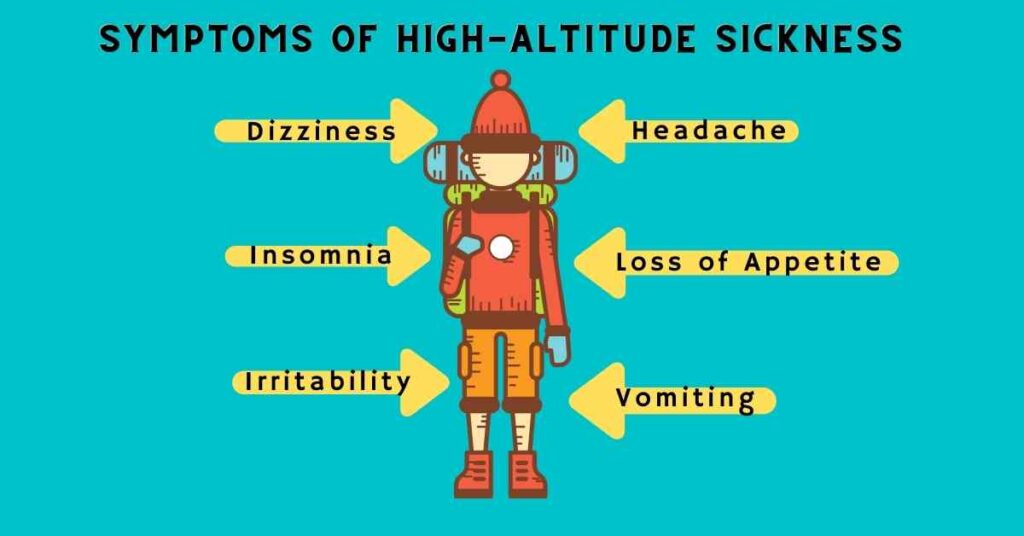

For moderate altitudes (such as 3500 m), the main solution is to acclimatize for a night or two at a lower altitude (near 2500 m) and take it easy for the first few days, rather than flying in and immediately going skiing or hiking. The illnesses are a serious health hazard and can result in death if ignored or left untreated.Ĭlimbers at the top of Mount Kilimanjaro – a mountain where you can easily and quickly trek up to dangerous heightsĪltitude sickness is very dangerous for four reasons: it can come on suddenly and progress quickly, it can be fatal, sufferers are often some distance from medical help and are difficult to evacuate swiftly, and in many cases sufferers are reliant on their health because they're doing a lot of physical activity in dangerous environments.Īltitude sickness is a great danger for high-altitude mountaineering (above 4000 or 5000 m), a moderate danger for mountain sports (such as skiing at 3000–4000 m, notably in Colorado), and a moderate danger when flying in to a high-altitude city around 3500 m, notably Tibet ( Lhasa), Peru ( Cusco, especially for the Inca Trail), and Bolivia ( La Paz). Your body will respond in various ways to this: some are normal, some are illnesses.

Altitude sickness is a reaction to the lower amounts of oxygen available at high altitudes (due to the lower air pressure).


 0 kommentar(er)
0 kommentar(er)
